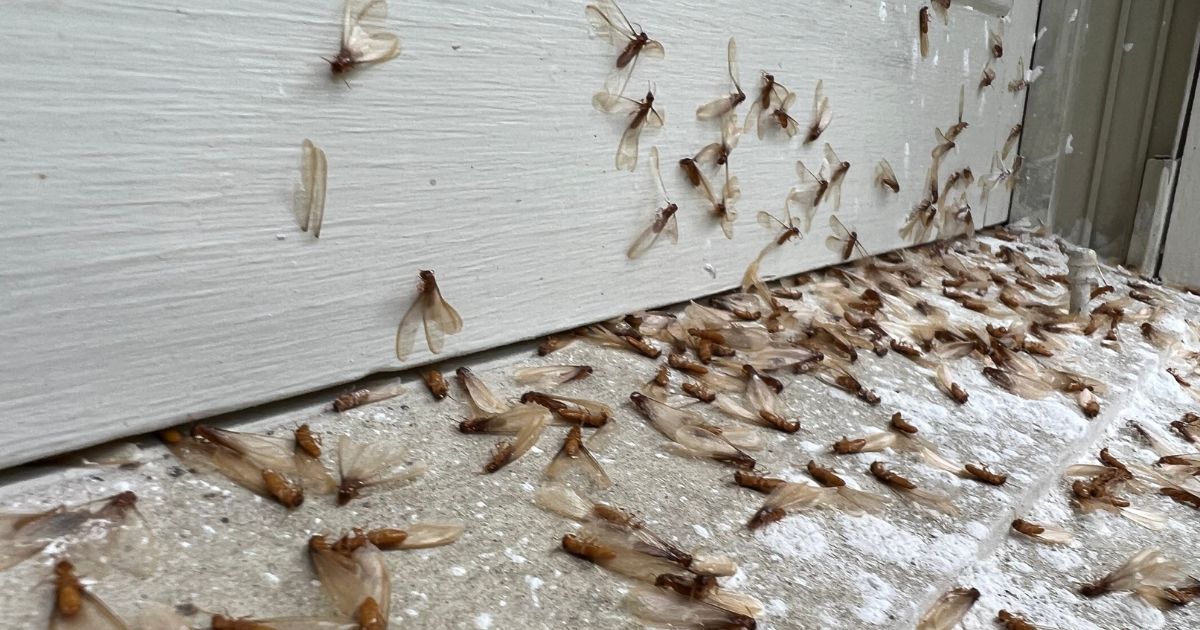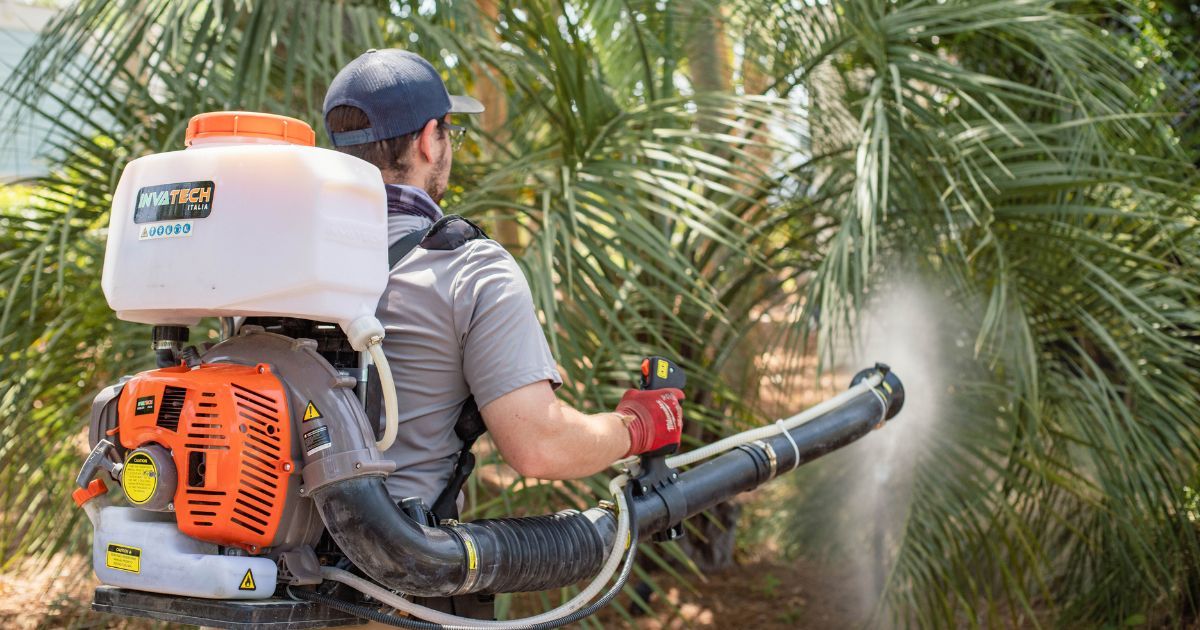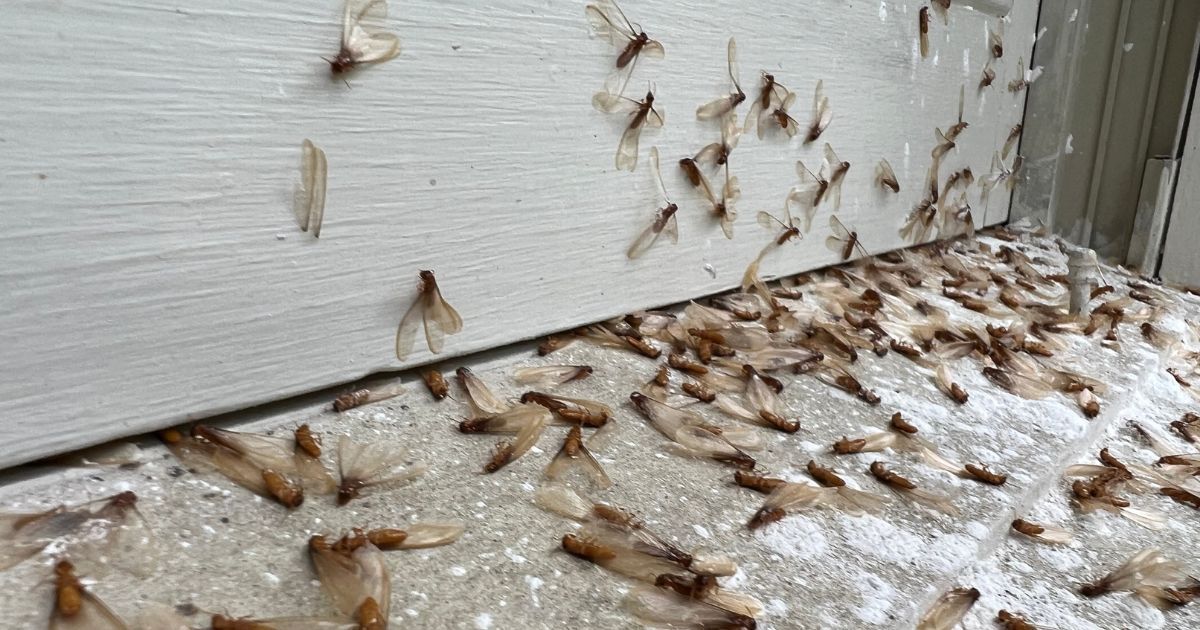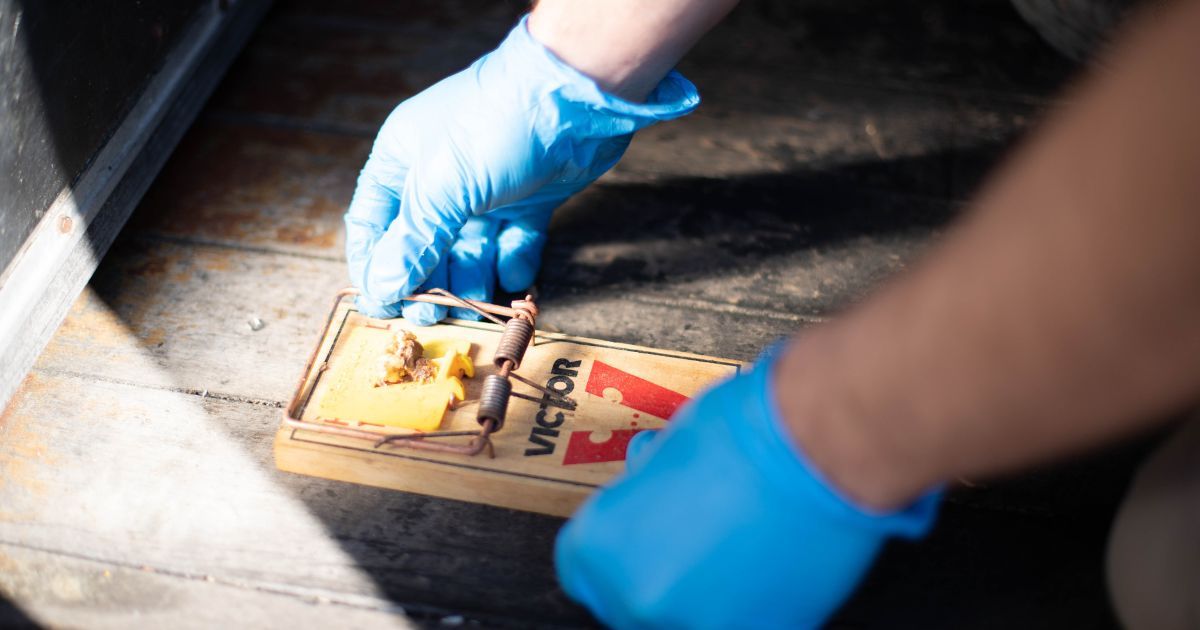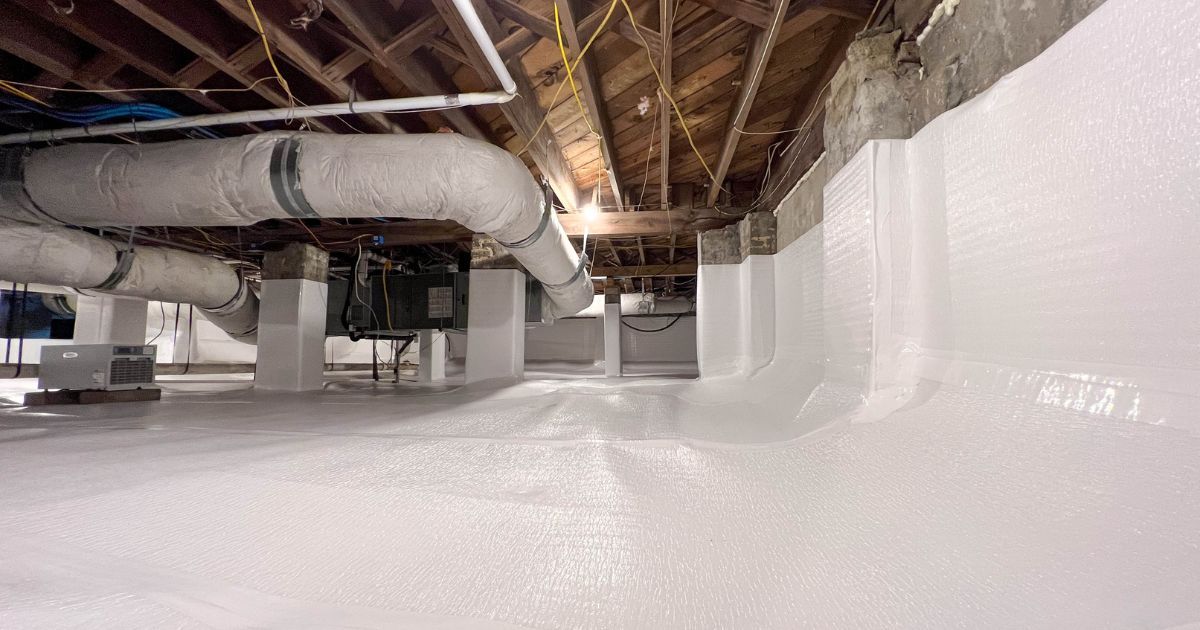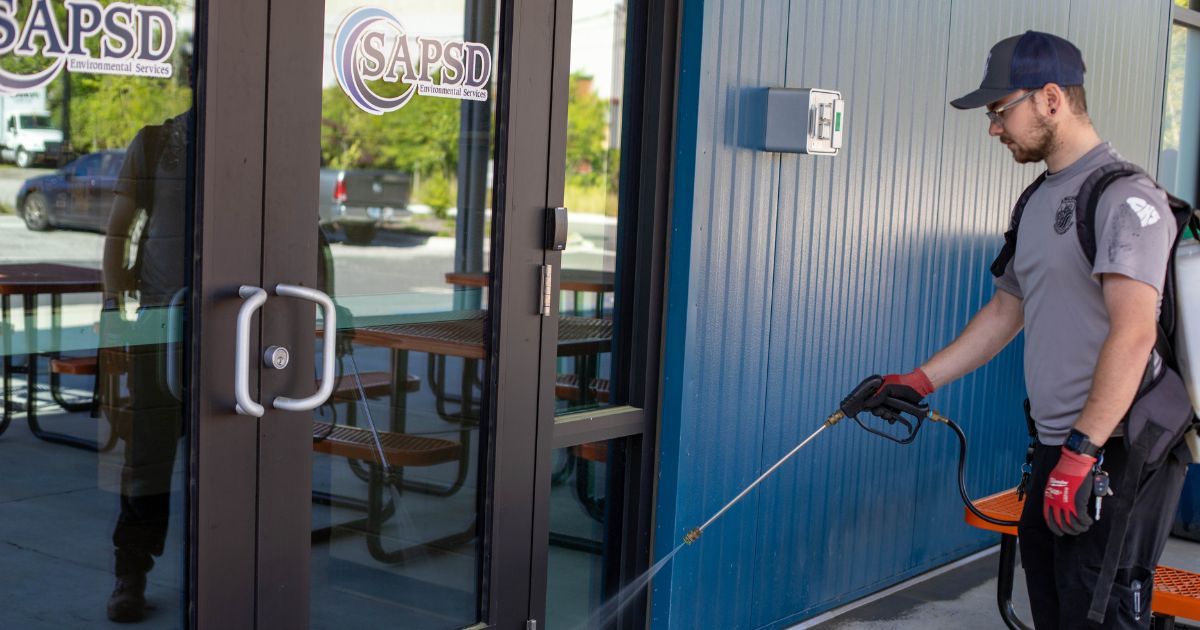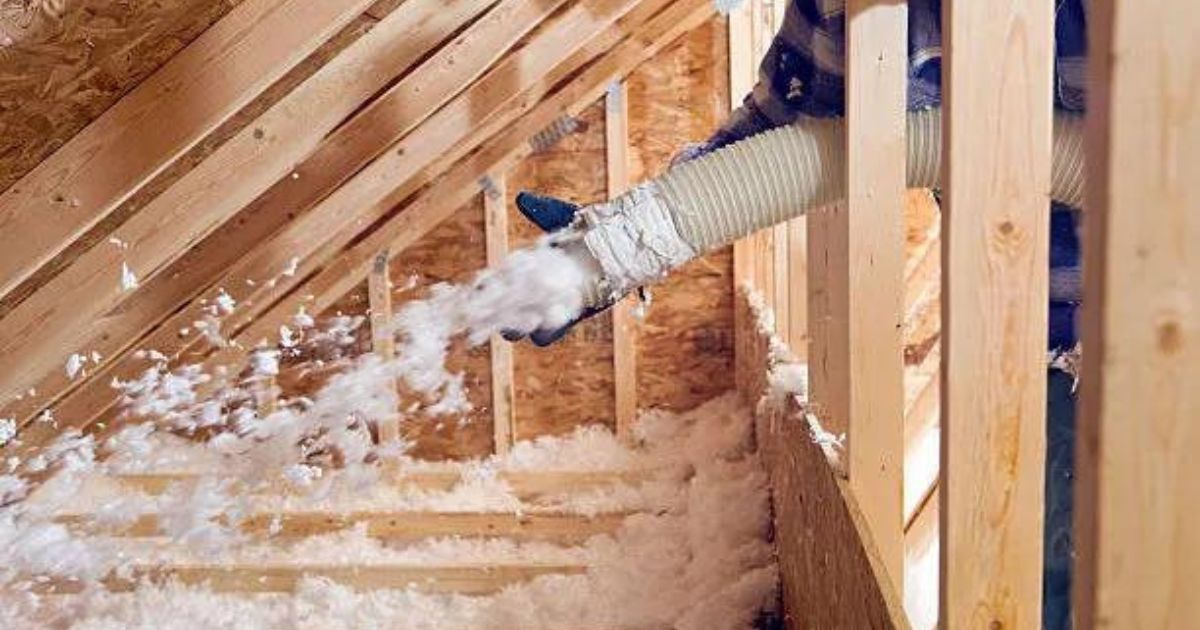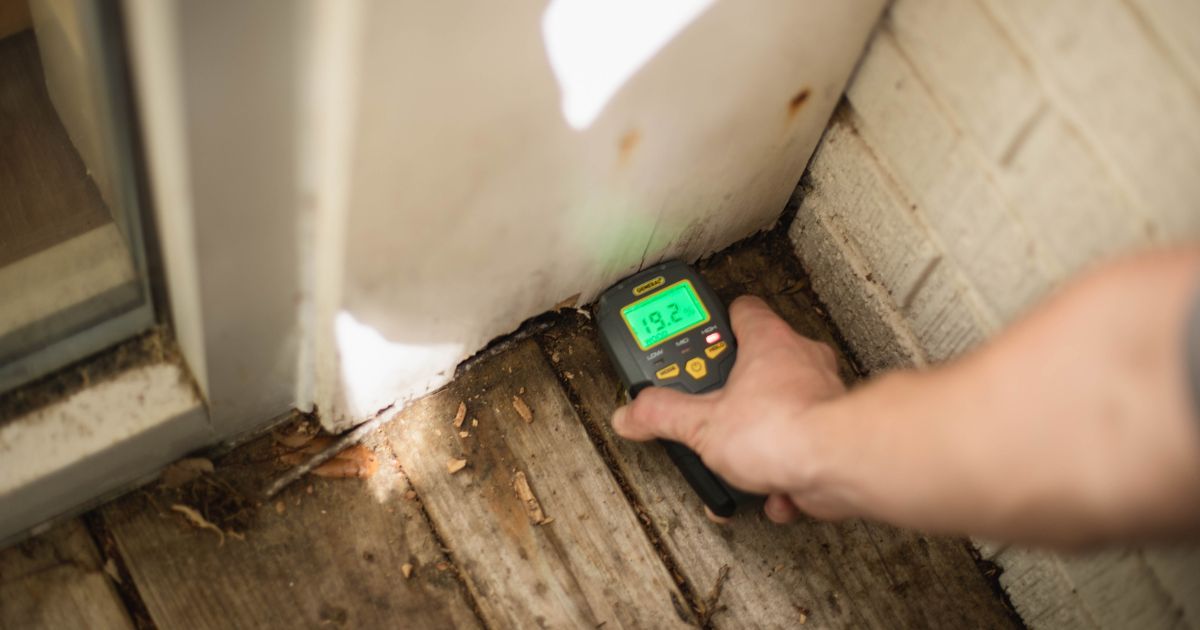For friendly, professional service, call Anchor Environmental.





Termite Control in Charleston, SC.
Termite infestations are a common problem in South Carolina because our humid weather and mild winters allows these pests to be active all year long. This means homeowners have to be extra vigilant about protecting their homes! Whether you currently have an infestation or want to prevent one from happening, Anchor Environmental can help! We provide quality termite control in Charleston and the surrounding areas.
When you trust our termite treatment, we will:
- Inspect your property for signs of termite activity such as mud tubes or damaged wood.
- Create a custom treatment plan based on the severity of the infestation and our findings.
- Use Termidor to eliminate termites upon contact and through ingestion.
- Supplement treatment with foam or dry formula treatments as needed.
- Schedule regular inspections to ensure termites haven’t returned.
Get Started Now with Same-Day Service
When it comes to expensive pests like termites, it’s better to take action sooner rather than later. Nothing is faster than our same-day service! When you call before noon, we’ll come out and get started with a termite inspection. From there, we’ll coordinate with you on the best times to treat your home.
Signs of a Termite Infestation
Termites are sneaky pests and spend most of their lives hidden out of sight, so it’s unlikely you’ll actually see a termite infestation. That doesn’t mean it isn’t there, however!
To protect your home, keep an eye out for signs of an infestation such as:
- Discarded wings from swarmers.
- Bucking or excessively squeaky floors.
- Mud tubes on the outside of your foundation.
- Peeling paint that resembles water damage.
- A maze-like pattern in furniture or floorboards.
What is Termidor?
Termidor is the number one termite defense product on the market today. Termidor works by creating a “transfer effect” that allows termites that come in contact with the product to spread it to other termites they come in contact with, eventually leading to the entire colony being eliminated.
Anchor Environmental is proud to offer Termidor termite control services in Charleston and the surrounding areas. Our team of certified professionals has the knowledge and experience necessary to properly apply this industry-leading product to your home or business, ensuring that your property is protected from these destructive pests.
Defense Against Subterranean and Drywood Termites
There are two main types of termites found in South Carolina, the subterranean and the drywood termite. While they might seem similar, each species requires its own unique treatment.
What are Subterranean Termites?
Subterranean termites live underground in colonies of about two million. Each colony has a queen that can lay thousands of eggs per day. Worker termites are responsible for finding food, which includes wood and cellulose. To move around safely and without drying out, these termites create mud tubes.
What are Drywood Termites?
Drywood termites live deep inside hardwood, like the lumber found inside the structure of your home. This makes it especially difficult to locate these termites. These colonies have no worker case. Instead, the work is done by immature termites before they reach adulthood. They can easily be spread by moving a piece of infested furniture or even a picture frame.
Get a free estimate
"*" indicates required fields
